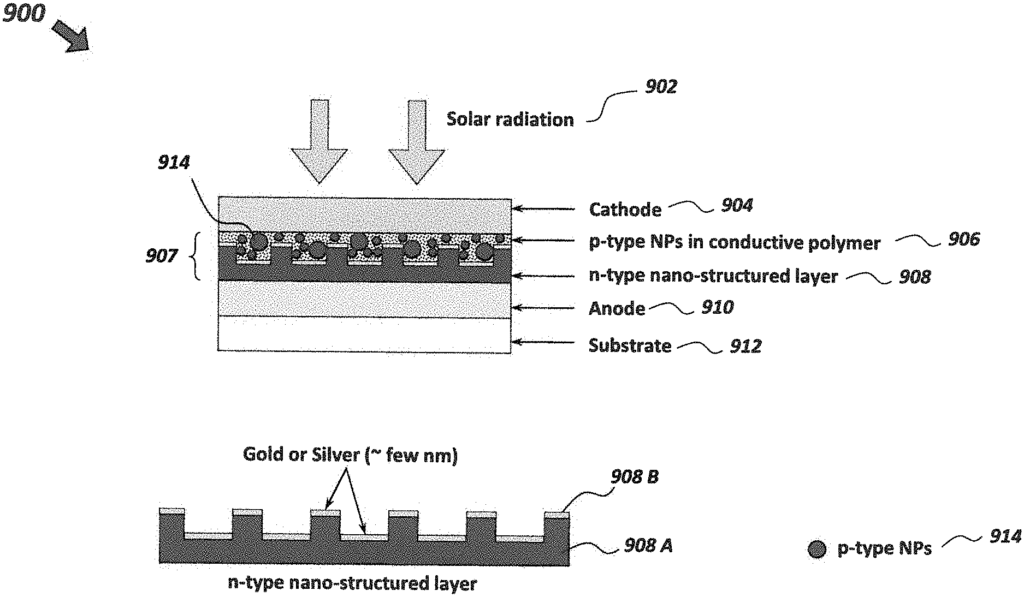Advanced Nano Solar Cells for Peak Efficiency
Introduction
Imagine a solar cell engineered to capture sunlight more efficiently, converting it into energy with unmatched precision. This technology, based on donor and acceptor nanoparticulate conjugates within conductive polymer blends, is a breakthrough in the renewable energy field. By blending nanoparticles with conductive polymers, these photovoltaic cells offer a lightweight, flexible, and highly efficient solution for today’s energy demands.
This advanced cell design leverages the unique properties of nanoparticles to create a finely-tuned energy-harvesting surface. The donor and acceptor materials work together to capture and channel solar energy more effectively, achieving a level of efficiency that is difficult for traditional cells to match. Additionally, the use of conductive polymers makes these cells adaptable to a range of surfaces, enabling applications beyond the typical rigid solar panel. These cells can be integrated into building materials, wearable technology, or even used in portable solar products.
For manufacturers and developers in the renewable energy sector, this technology opens the door to innovative applications. Imagine creating solar solutions that are both visually appealing and power-efficient, appealing to eco-conscious consumers and forward-thinking businesses. With the growing focus on sustainability and energy independence, the potential market is vast.
Licensing this technology gives your business access to a unique, high-performance solar solution that differentiates you from competitors in the renewable energy field. Partnering with this technology means not only adopting a green, clean-energy approach but also investing in a solution that meets the increasing demands for flexible, efficient energy sources.

- Abstract
- Claims
The invention claimed is:
1. A photovoltaic cell, comprising:
5. The photovoltaic cell of claim 1, wherein:
14. A method of manufacturing a photovoltaic cell, the method comprising:
Share
Title
Photovoltaic cells based on donor and acceptor nano-particulate conjugates in conductive polymer blends
Inventor(s)
Naga Korivi, Kalyan Das
Assignee(s)
Tuskegee University
Patent #
11374188
Patent Date
June 28, 2022
